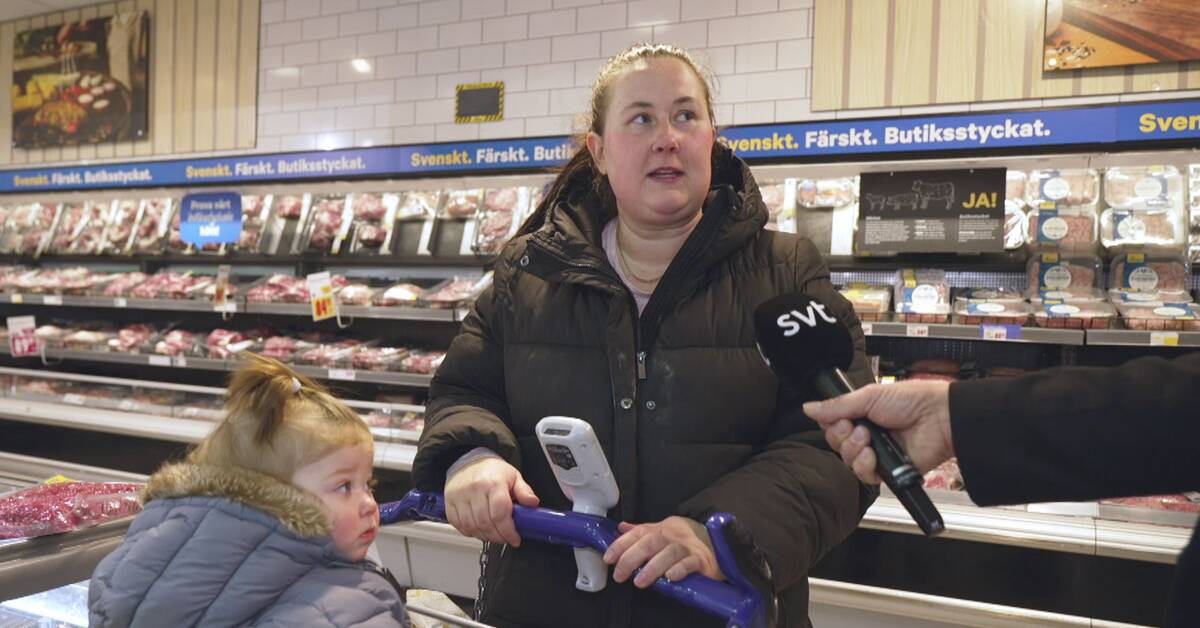In 2022, the prices of food and non-alcoholic beverages increased by 11.3 percent, according to Statistics Norway.
Consumers have rapidly changed their buying behavior, according to Swedish Groceries CEO Karin Brynell.
- Customers have changed their habits much faster than one would have thought.
Instead of a whole piece of meat, you choose minced meat, for example, says Karin Brynell to SVT Nyheter.
Low-cost chains attract
The report also states that customers choose extra prices, promotional items and low-price chains to a greater extent than before.
- The Swedes buy fewer and cheaper products, says Karin Brynell.
In addition, purchases of organic food continue to decrease, as SVT previously reported.
And e-commerce, which has increased for several years, decreased by 17 percent in 2022.
Higher energy prices and interest rates
Handeln's investigation institute, HUI, has analyzed the figures.
There you can clearly see how the household's increased costs have had effects on the grocery trade.
- We see that more of the consumers' money goes to higher energy prices and interest rates.
Winners are stores with a cheaper concept, says Emma Hernell CEO of HUI to SVT Nyheter.
What about shrink inflation? Does the trade suit to extract more money from the consumers?
- No, we see that the producer prices are higher than what the trade can charge at the consumer level.
The grocery trade is too competitive.
If a retail chain were to charge the entire cost, the customer would switch to another cheaper food chain, says Emma Hernell.

